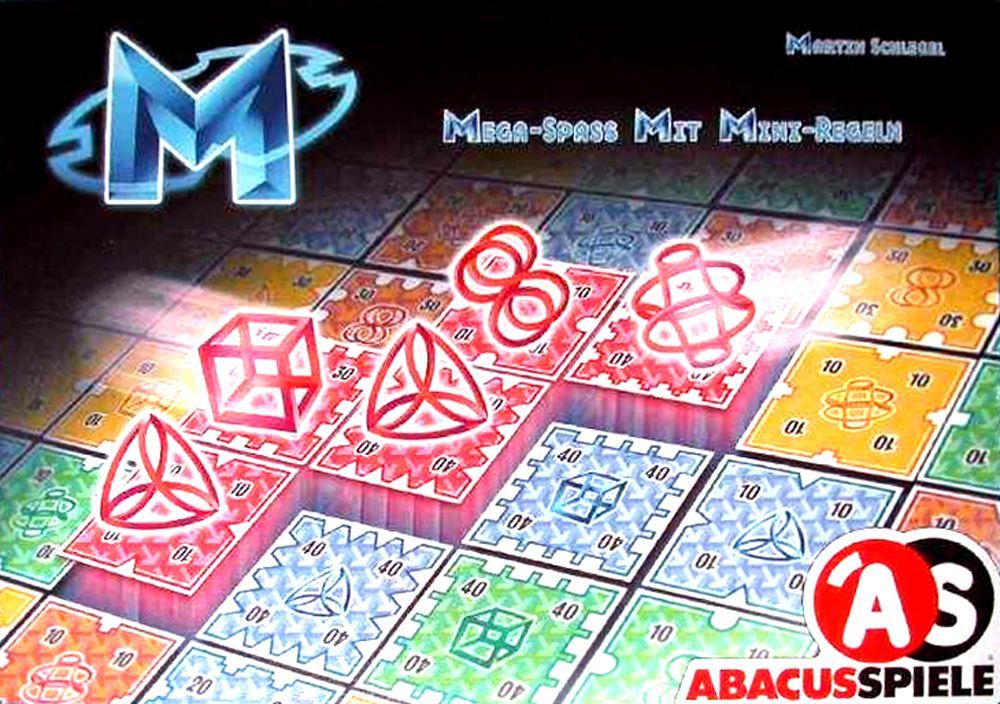So my friends and I decided to give ‘m’ a whirl—mostly because someone brought snacks, but also because, hey, board games. This is my review of a game that delivers chunky tokens, wild player moves, and just a sprinkle of chaos. If you like table talk, surprises, and making questionable alliances with people you trusted fifteen minutes ago, you’re in the right spot. Grab a snack and let me tell you what we found!
How It Plays
Setting Up
First, open the box and try not to spill the pieces like I did (twice). Shuffle the main deck, lay out the board in the middle, and hand out player tokens. Place the big, shiny marker in its fancy spot. Everyone grabs their player mat, and you’re off to the races.
Gameplay
On your turn, pick an action from your mat—maybe you’ll collect resources, mess with your friends, or build something snazzy. Turns zip around the table. Keep an eye on the special action cards. These let you shake things up (I once swapped spots with Pete and he’s still mad). You can try teaming up for a round, but trust me, alliances break quicker than cheap pencils.
Winning the Game
The game ends after a set number of rounds or if a player finishes their mega-project. Points get tallied for completed tasks, leftover coins, and secret goals. Whoever’s got the highest score does their victory dance—I recommend the chicken wave—and claims bragging rights. If there’s a tie, settle it with a thumb war (trust me, it’s in the spirit of the game).
Want to know more? Read our extensive strategy guide for M.
Game Mechanics and Player Interaction in ‘m’: Where Chaos Meets Cleverness
So, let’s talk about what really makes ‘m’ tick: the game mechanics and how players interact. I’ve played ‘m’ with my usual crew (shout out to Dave, who somehow always manages to lose in historic fashion), and I can safely say this isn’t your grandma’s roll-and-move. The action selection system in ‘m’ throws you into a pit of tough choices. Every turn, you pick from a menu of actions, but the twist is that once you choose an action, it’s gone until everyone else has had a go. It’s as if musical chairs and chess had a slightly confusing, but oddly charming, baby.
The tension is real. Do you snatch the obvious move and leave your friends grumbling, or do you gamble and hope someone else doesn’t take what you want? This leads to eye contact wars and a lot of ‘I saw you eyeing that move!’ moments. In my experience, the interactions can get heated, but no one flips the table (okay, once—but it was a light table, and we don’t talk about that anymore). The game encourages cheeky alliances, double-crosses, and sometimes, epic fails when Dave (again) tries to be too clever by half.
But it’s not all sunshine—if you’re looking for a laid-back, everyone-wins kind of night, ‘m’ might stress you out. The mechanics reward careful planning, but if one player falls behind early, it’s tough to claw back. On the upside, the game keeps you glued to what others are doing, which is the best way to make sure you don’t miss Dave’s latest disaster.
And now, for something flashier—next up, I’ll talk about whether ‘m’ is as easy on the eyes as it is hard on friendships: time to peer at the component quality and visual appeal!
Component Quality and Visual Appeal in m
When I opened the box for m, I felt like I was unwrapping a present from that one aunt who actually knows what you like. The moment I saw those chunky wooden bits, I knew the dry cardboard pieces from my old Monopoly could never compete. Each token feels solid in your hand – perfect for nervously fidgeting while you plot revenge on your friends. The cards? They’re thick enough to survive a minor spill, which is handy if you play with people like me, who have a 50% success rate with drinks and game tables.
The board itself reminds me of those cool, over-the-top maps you see in adventure movies. The colors pop without melting your retinas, and the icons are clear enough that you probably won’t need your grandma’s magnifier. And, bless the designers, the rulebook has both pictures and examples – so less time is spent wailing “What does THIS mean?!” and more time is spent actually playing.
Artwork gives m a real personality. The characters are quirky, as if the illustrator was dared to sketch after two coffees and a donut binge. There’s a fun vibe here that feels fresh but not childish. I caught my friends making up dramatic backstories for the pieces, which is always a good sign that the visuals spark the imagination.
That said, I did find the box insert a bit too snug – once everything was punched out, Tetris skills were needed to fit it all back. Not a deal-breaker, but don’t be surprised if you need a rubber band or two.
If you want to know whether m will keep hitting your table or gather dust next to that half-solved Rubik’s cube, wait for my next bit on replay value and session length!
Replay Value & Session Length: How Often Will You Pull ‘M’ Off the Shelf?
I know what you’re wondering: will ‘m’ keep calling me back, or is it the kind of guest that wears out its welcome? After plenty of game nights (and far too many snacks), I can say ‘m’ is like that friend who always has a new story. No two sessions feel quite the same. This game shakes things up with random setup options, so my group faced a different challenge each time we played. I still remember when Dave tried his wild “all rabbits, no regrets” strategy. He lost, but his spirit lives on.
The choices in ‘m’ are fresh enough that even after four plays, I felt like I hadn’t seen everything. And the shifting goals kept us on our toes. There’s enough meat for strategy buffs, but also enough surprise turns that my casual friends didn’t feel outmatched. Plus, ‘m’ comes with a bunch of mini-expansions in the box, so you can add some spice whenever the base game feels a bit too familiar. That’s a nice touch for folks who hate getting bored.
If you’re busy (or just have a short attention span, like me), the session length is another plus. ‘M’ clocks in at about 45–60 minutes. Our first game ran long because we argued about whether or not llamas could, in theory, become mayors (don’t ask). But after that, we wrapped up each match in under an hour, which is perfect for weeknight gaming or squeezing in “just one more round.”
Up next, I’m about to untangle the eternal tug-of-war between luck and strategy in ‘m.’ Will it pass the fairness sniffer test? Grab your magnifying glass, Sherlock!
Is ‘m’ a Brain Burner or a Dice Chucker?
If you’ve ever lost a game and blamed it on bad luck, you’ll appreciate what I’m about to say. With m, balance between strategy and luck is like my granddad’s haircut—mostly solid, but with a few wild strands poking out. There’s a healthy slice of decision-making to sink your teeth into. You always have a sense that what you do matters. Every turn, you’re sweating over choices. These choices might mean the difference between sweet victory and sulking in the chip bowl.
But! Let’s talk luck. The designers must have thought, “Hey, let’s spice things up,” because m throws in some classic curveballs. There’s a card draw at the end of each round that can flip your plans like a pancake. Sometimes it helps, sometimes it burns you like a sunbathing octopus. I’ve watched my buddy Zoe go from first to last place thanks to one unlucky pull. Thanks, m. That was a fun car ride home.
Still, I’d say skill wins the long game here. If you’re a careful planner, you’ll do well over time, even if the occasional bad break stings. But if your idea of a strategy is “wing it and hope for the best,” you might enjoy the chaos even more.
So, do I recommend m? If you like some unpredictability but want your choices to matter, go for it. Just don’t blame me if your little brother gets lucky and beats you…again.
Conclusion
So there you have it! After wrangling with tokens, laughing at wild alliances, and arguing over who was ganged up on the most, I can say ‘m’ is a solid option for game night. The chunky pieces feel great, the art made us giggle, and the gameplay keeps everyone involved. Sure, there’s a bit of luck—and sometimes you wish your strategy worked out better—but it never gets boring. If you want a game full of cheeky moments and friendly plotting, ‘m’ is worth a try. Thanks for reading—this wraps up my review, and now I’m off to demand a rematch!


